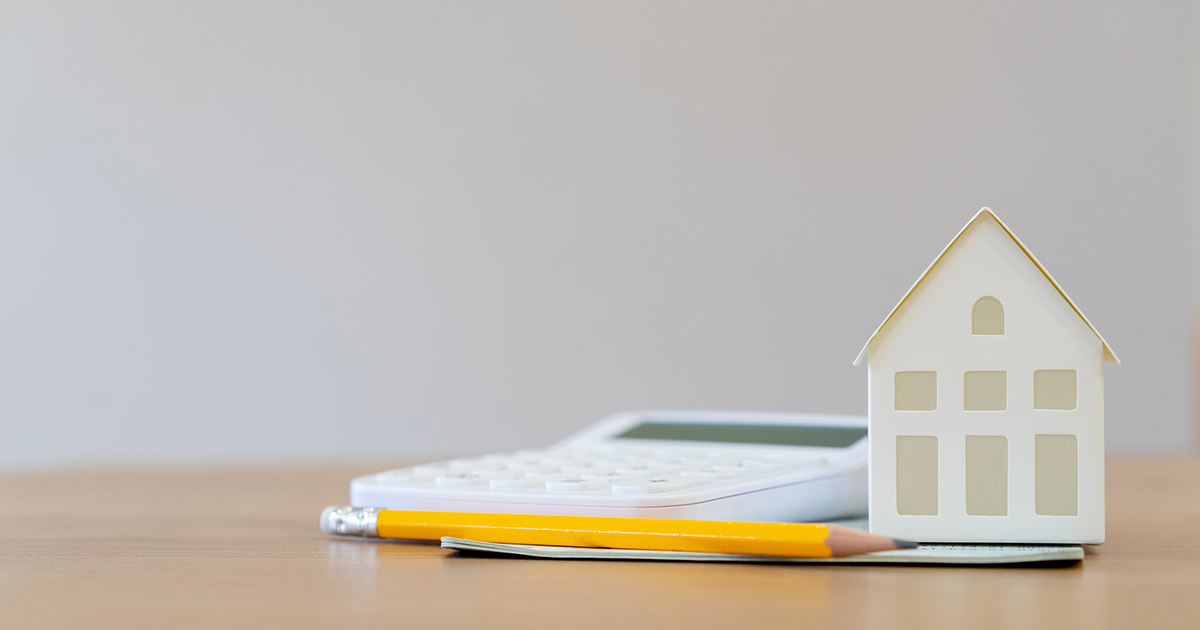Debt is literally a four-letter word. Figuratively, it often is too. The way people talk about debt is usually only negative: “Pay cash for everything.” “Debt is a slippery slope.” “Never buy something you can’t afford.” All wise words…up to a point.
There are times when debt can be beneficial if used carefully and with purpose. The key is understanding good debt versus bad and how and when to use it strategically.
Good debt vs. bad debt
There are actually two kinds of debt: good and bad. The bad kind is what we’re most familiar with, which is when we borrow money to pay for what we can’t afford and for things that will continuously lose value. Good debt is more like an investment… it’s spending money that will ultimately grow or increase in value.
Let’s take a quick quiz. Look through the items below. Based on the descriptions above, is taking out debt for/with these items good debt or bad, and why? (Scroll to the bottom for the correct answers!)
- A new car
- A home
- A degree or additional education
- Credit cards
- Commercial real estate
- Starting a small business
- Clothes, furniture, other ‘consumables’
Using debt to your advantage
There are also ways to use both good and bad debt to your advantage if you use it strategically.
- Building credit – It seems backward, but to get credit you need to have debt. To get a financial to loan you money to buy a house, you need to have a credit score. To build a credit score, you need to show a clean history of taking out debt and paying it back on time.
- Credit card rewards – Many credit cards offer rewards when you spend money with them (including Verve’s RewardsFirst MasterCard®). Spending money with reward cards AND paying them off in full every month lets you earn rewards without costing you money (just watch out for annual fees on non-Verve credit cards)
- Consolidation loans – If you’re already in over your head with debt, consolidating your debt into one loan might help. There are pros and cons, but if much of your debt is on high-interest credit cards, a consolidation loan might lower your interest rate and simplify your payments.
- Investments in the future – There are many purchases like a home or college education that most people could never pay cash for (or it would take more time to save up than makes sense). Carefully taking out loans as part of long-term investments and with payments that fit comfortably within your budget can be a good financial move.
Answers to Good Debt vs. Bad Debt Quiz:
- Numbers 1 and 7 are considered ‘bad debt’ because these items quickly lose value, or depreciate. A brand new car, for example, may lose 15 to 20% of its value as soon as you drive it off the lot. A car is an expensive purchase that you may need to take out debt to buy, but choosing a used car is a much better use of debt. Consumables can be things or services like a vacation. A vacation may offer great memories and experiences, but you have nothing tangible to show for it, so don’t go into debt to take one.
- Number 4 is considered ‘bad debt’ because the high interest you often pay on credit card debt can make it hard to pay back, especially compared to the value of the items you usually buy on credit (like the consumables in number 7).
- Numbers 2, 3, 5 and 6 are considered ‘good debt.’ These all have the potential to increase your/their value over time. Homes and commercial properties that are well-chosen and cared for often appreciate. Additional education can get you better paying jobs, and starting your own business can give you more control over your money.






 Federally Insured by NCUA |
Federally Insured by NCUA |  Equal Housing Opportunity |
Equal Housing Opportunity |